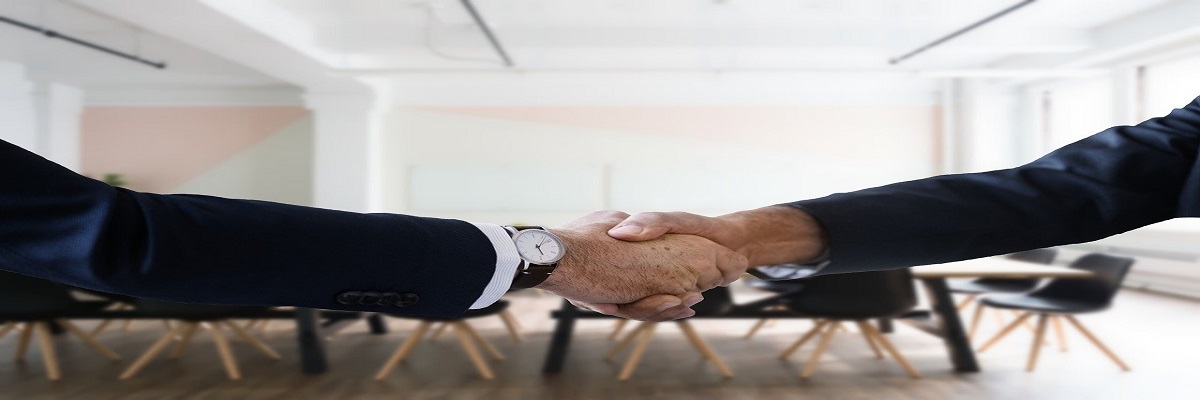Call: 888-297-6203
Financial issues can arise with anyone, anytime. The federal bankruptcy law can help you provide financial relief through a bankruptcy filing. Individual bankruptcy filers have the option of choosing between Chapter 7 and Chapter 13. However, there are some differences in the way debts are handled in these two chapters.
Workings of Chapter 7 bankruptcy
Chapter 7 is known as liquidation bankruptcy primarily because the bankruptcy trustee liquidates your non-exempt property (that cannot be protected using exemption laws) to pay your unsecured creditors. This chapter is meant to help unemployed people or people with low-income to get rid of their debts. In most cases, people who file for Chapter 7 bankruptcy do not have any assets that can be liquidated. As a result, this bankruptcy chapter provides people a debt-free fresh start.
Workings of Chapter 13 bankruptcy
Compared to a Chapter 7 bankruptcy, Chapter 13 requires you to pay off some part of your debt through a three- to five-year repayment plan. Your disposable income (the income left after deducting your essential monthly expenses) is used by the bankruptcy trustee to make payments to your creditors. after the end of your repayment plan, the bankruptcy judge signs the discharge order to close your case. Since this chapter involves repaying your debts, having a steady income source is a prerequisite. People usually opt for this bankruptcy chapter if they fail to qualify for Chapter 7 bankruptcy or they wish to protect any non-exempt property.
How does employment status affect the bankruptcy chapter?
The eligibility requirements for different bankruptcy chapters are different.
Chapter 7 bankruptcy case – This chapter requires you to pass the means test where your average monthly income is compared to state median income for a household of your size. If the income is below the state’s median, you qualify for Chapter 7 bankruptcy. However, if your income is above the state’s median income, your disposable income is calculated to check whether you can repay your creditors through a repayment plan. Your disposable income is calculated by subtracting the essential expenses like household and child-care costs from your gross income.
An unemployed individual will have very little income, which cannot be used to pay back the debts. Having an insufficient income makes it easier for you to pass the means test and get your unsecured debts such as medical bills, personal loans, payday loans, credit card debt, etc., discharged through Chapter 7 bankruptcy. You will not have to pay your unsecured creditors anything and get a fresh financial start in a no-asset case.
Chapter 13 bankruptcy case – Since this bankruptcy chapter requires you to repay all or a percentage of your debt, being unemployed makes it difficult for you to qualify for this chapter. Though a regular income is essential for this bankruptcy chapter, employment is not necessary. If you have income from other sources (unemployment benefits, social security, etc.) that can finance your monthly repayment plan, your Chapter 13 case can be approved, else it will be dismissed.
Irrespective of your employment status, you can file for bankruptcy to get rid of your debts. However, if you are unemployed, you might end up accumulating more debt, and thus, filing for bankruptcy should be put off for some time. Another point to keep in mind is that qualifying for Chapter 7 might become difficult if you gain employment. Call 888-297-6203 to discuss when you should file for bankruptcy with bankruptcy lawyers in Los Angeles.

